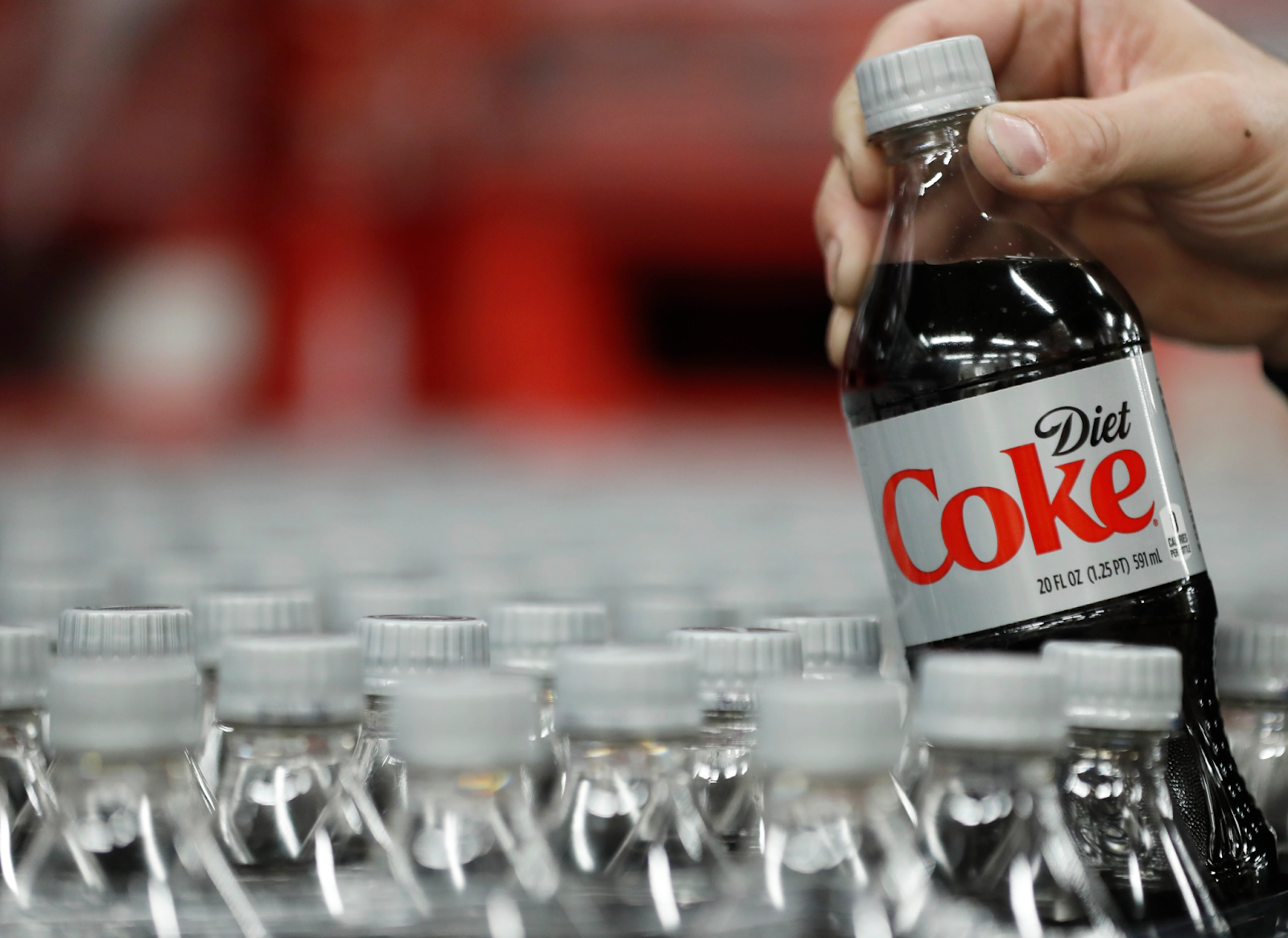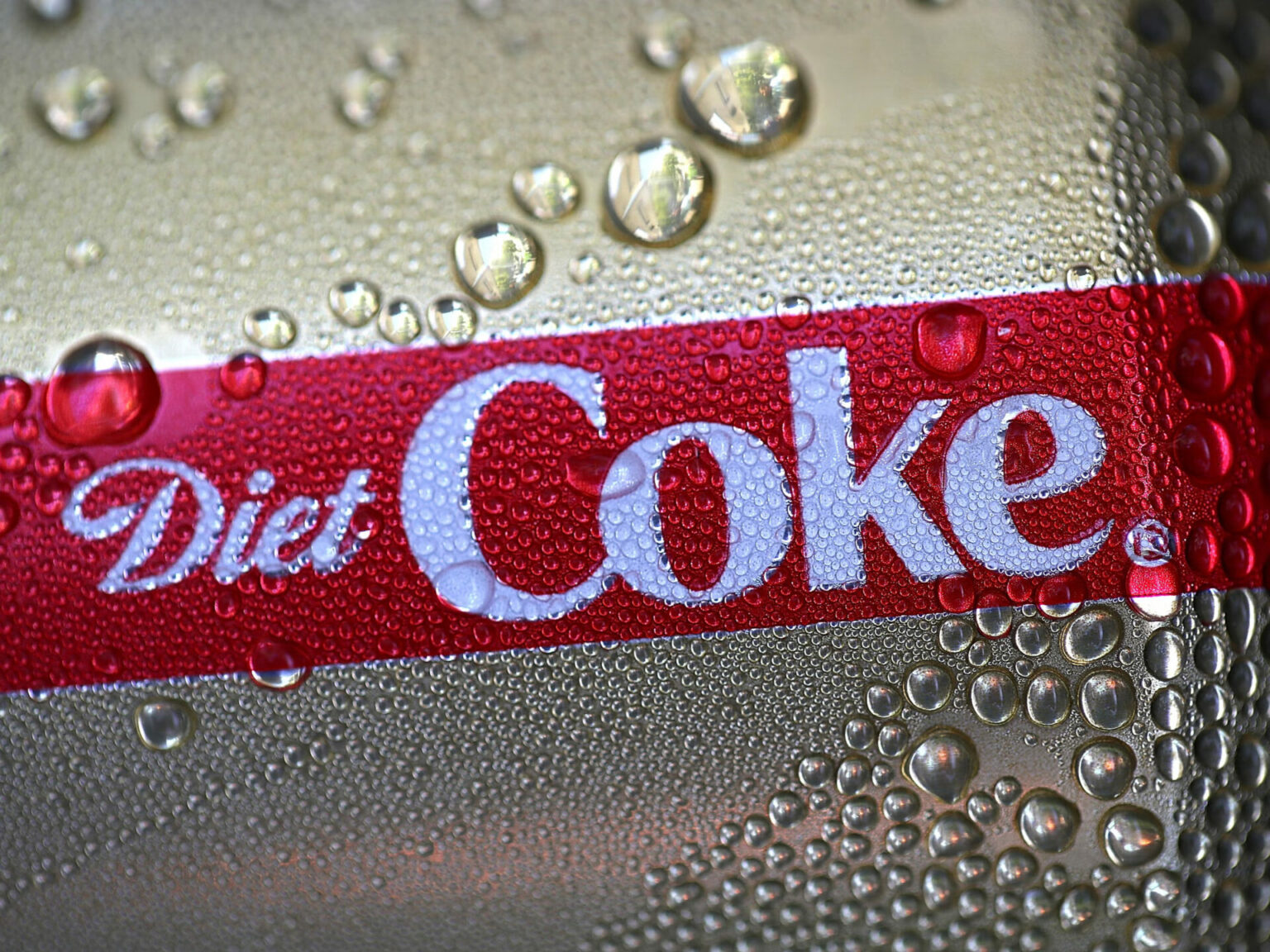Aspartame, one of the most commonly used artificial sweeteners globally, is expected to be designated as a potential carcinogen by the International Agency for Research on Cancer (IARC), a prominent global health body. This decision, slated to be announced in July, has implications for the food industry and regulatory authorities. Aspartame is widely utilized in various products, ranging from diet sodas by Coca-Cola to Extra chewing gum by Mars and certain Snapple drinks.
IARC’s Assessment and Its Impact
The IARC’s ruling, based on a thorough evaluation of published evidence by external experts, aims to determine potential hazards rather than safe consumption levels. Individual consumption guidelines are typically provided by separate expert committees, such as the Joint WHO and Food and Agriculture Organization’s Expert Committee on Food Additives (JECFA) and national regulators. Past IARC rulings have generated concerns among consumers, leading to legal actions and prompting manufacturers to reformulate their products or switch to alternatives. Critics state that the evaluations conducted by the IARC can be confusing for the public.

JECFA’s Concurrent Evaluation
Simultaneously, JECFA is also examining the use of aspartame this year. The committee, which reviews additives, began its meeting in late June and is set to release its findings on July 14, coinciding with the IARC’s decision. JECFA has previously deemed aspartame safe within accepted daily limits since 1981, a stance supported by national regulators in the United States and Europe. An IARC spokesperson emphasized that the findings of both committees are confidential until July but clarified that they complement each other, with IARC’s conclusion representing the initial step towards understanding carcinogenicity, while JECFA focuses on risk assessment.
Calls for Coordination and Timing
Industry representatives and regulatory bodies have expressed concerns about potential confusion resulting from the simultaneous assessments. Authorities from Japan’s Ministry of Health, Labour and Welfare urged coordination between both bodies to avoid any confusion or alarm among the public. They also called for the release of conclusions on the same day, a practice that is currently being followed.
The IARC’s Influence and Criticisms
Past decisions by the IARC have had significant ramifications. For example, its 2015 ruling declaring glyphosate as “probably carcinogenic” resulted in legal battles and financial consequences for companies like Bayer. The IARC has been subjected to backlash for causing unnecessary distress regarding substances or circumstances that are difficult to avoid. Its classification system includes four levels based on the strength of evidence, ranging from carcinogenic to not classifiable. Detractors argue that the IARC’s assessments prioritize evidence strength rather than actual danger.
Industry Concerns and Counterarguments
Industry associations such as the International Sweeteners Association (ISA) and the International Council of Beverages Associations have expressed reservations regarding the IARC’s review process and its potential to mislead consumers. Aspartame has undergone extensive study over the years, with conflicting findings. Observational studies linking higher artificial sweetener consumption, including aspartame, to a slightly elevated cancer risk have been contested due to methodological concerns. Regulatory bodies globally have authorized the use of aspartame based on comprehensive evidence reviews.

Labeling aspartame as a possible carcinogen by the IARC aims to stimulate further research, assisting agencies, consumers, and manufacturers in forming more definitive conclusions. Nevertheless, this ruling is expected to revive discussions regarding the role of the IARC and the overall safety of sweeteners. The simultaneous evaluations by IARC and JECFA, coupled with recent guidelines from the World Health Organization advising against non-sugar sweeteners for weight control, contribute to ongoing discussions within the food industry regarding sugar reduction strategies.













